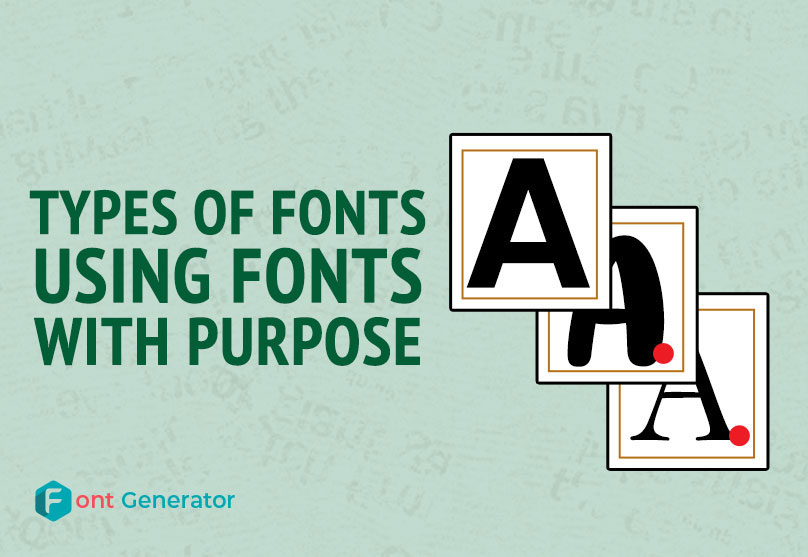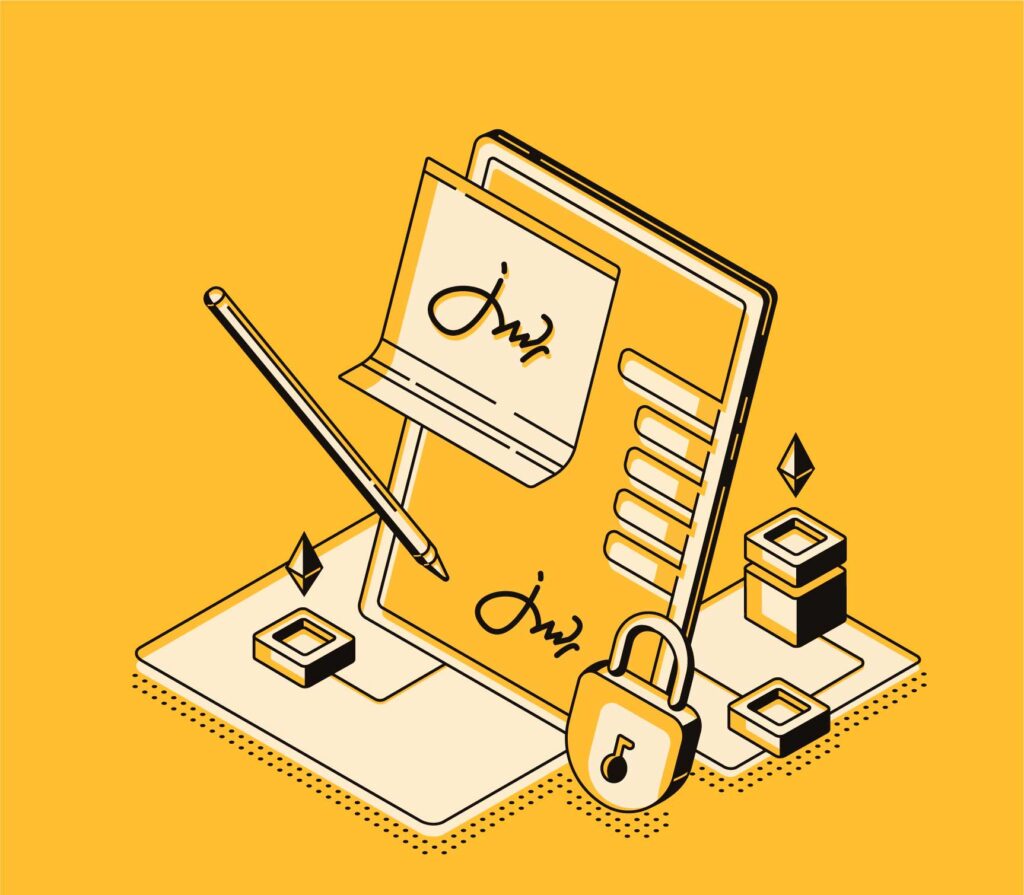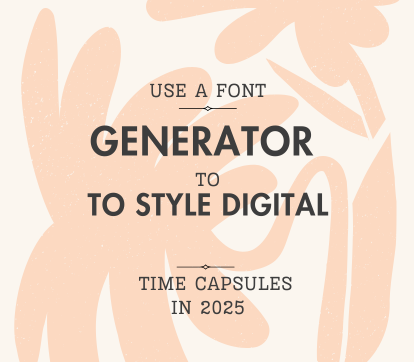
More than half a million types of fonts are available to make your text more engaging. They may influence the environment and mood. Fonts can provide visual cues to read a document and which sections are more important than others. The fonts may influence how readers interpret the text, a product, or even the entire website. So, choosing the appropriate typefaces will improve the user experience on your website and ultimately affect the design component of your conversion rate optimization. Here we will discuss everything you should know about fonts.
Types of Fonts Styles
There are thousands of Different Types of Fonts available today. Below are the five Best types of fonts styles discussed that are usually used:
Serif Fonts
Serif fonts are typefaces that have serifs. Such fonts evoke tradition, history, and integrity because they are extra strokes on the end of the letterforms. Multiple fonts fall into the serif category containing different lengths, thicknesses, and shapes. The fonts that fall into the serif category are Old Style, Transitional, Slab Serif, and Didone.
Sans Serif Fonts
Sans Serif fonts are considered the most modern than serif typefaces. They are used to signify something minimal, clean, and friendly. They are known for high legibility. Humanist Sans Serif, Traditional Sans Serif, and Geometric Sans Serif are the main types of Sans Serif Fonts.
Script Fonts
Script fonts mimic cursed handwriting. These fonts are used for the purposes like wedding invitations, signs, and logos. These fonts are also known as “Cursive Fonts,” “Calligraphy Fonts,” and “Handwriting Fonts.” Two types of Script fonts are Casual Script and Formal Script.
Monospaced Fonts
Monospaced Fonts are fonts in which all the individual letters and characters of a word have identical spacing horizontally. When we talked about the same spacing horizontally, indicating the width of the characters is what we meant. These fonts are also known as “typewriter” and fixed-width” fonts. Courier, Bergen Mono, Anonymous Pro, Alma Mono, Apercu Mono, Inconsolata, GT Pressure Mono, Pitch, and Walter are types of Monospaced Fonts.
Display Fonts
Display fonts are a broad category of fonts and are designed to use in large sizes of headings. People use display fonts for large-format applications like billboards, book covers, posters, and titles in magazines and websites.
Fonts With Purposes
Choosing the right font for your work is like picking the right color to paint your house. You want to get it just right because it’ll refresh your home and tell your guest about the people inside the house. Similarly, different fonts help people to make a unique mental association with viewers.
Fonts add value to text and help readers to perceive information from the text. It’s better to know about the fonts before using them. Fonts can make your work stand out when used with purpose. Here is a list of fonts with the intent to use them properly:
- There are fonts available that are already bold enough. So you don’t need to write them in bold.
- Some fonts have types of fonts styles. Hence you don’t have to italicize them.
- Adjust the font size according to the font style because many fonts appear too small, and some appear too giant.
- Formal documents have to be documented in a font style that is clear and easily readable.
- Documents like posters, logos, and billboards do not need a clear font style. But they need a font style that is eye-catching and alluring.
A font can achieve four things when utilized correctly. These four things are enhancing readability, projecting an image, establishing a tone, and focusing attention. Below is a quick summary of font guidelines:
Keep it Simple
Simplicity is a virtue in writing. So, it is crucial to use simple fonts and font mix.
Be Consistent
Don’t use more than two types of fonts in a document. Choose your font and then keep it consistent throughout.
Match Your Medium
The purpose of every project is different. So your presentation must match your medium.
Watch Your Case
Avoid using uppercase and lowercase text everywhere in your document. Both can lower the readability. You can use uppercase text only for headings and titles.
Conclusion
Fonts enhance the readability of your writing. Here we have discussed all the things that you should know about fonts. We have discussed Fonts with Purpose, guidelines, and different types of font styles. We hope you found our article informative. Keep in touch to get more information!!!
You May Also Like
The Benefits of Using Fancy Text Generator for Accessibility



